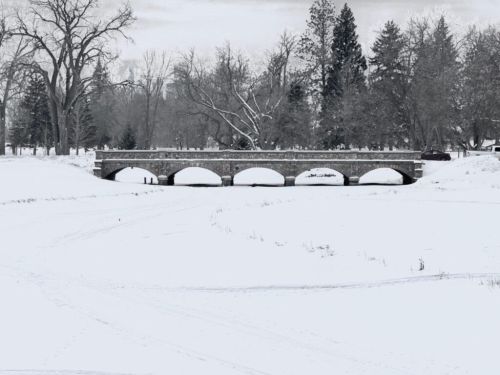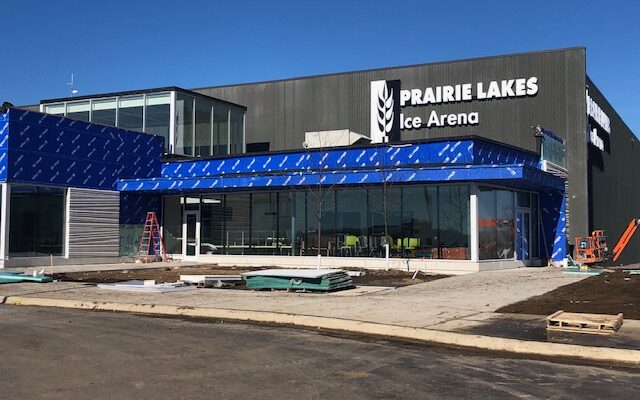Study shows Big Sioux River mixing with aquifer that Watertown uses for water

February 21, 2023
WATERTOWN, S.D.–The waters of the Big Sioux River are infiltrating the drinking water pulled from wells near Watertown, causing potentially harmful effects that aren’t fully understood yet.
Joshua Haiar with South Dakota Searchlight (southdakotasearchlight.com) reports those early conclusions come from a joint state and U.S. Geological Survey study on interactions between the river and the Big Sioux Aquifer. The study does not offer conclusions on the impact of those interactions on water quality, which varies from place to place for both the river and the aquifer.
An aquifer is an underground layer of porous and fractured rock. Water from aquifers can be extracted using a well and pump.
The Big Sioux Aquifer, which extends from the river’s headwaters near Summit in the north all the way south to North Sioux City, is broken into several management units along the Big Sioux River watershed. A watershed is an area of land with a common set of waters and streams that all drain into a single larger body of water, such as a river or lake.
The Big Sioux Aquifer study’s preliminary findings indicate that Watertown’s aquifer wells are pulling water from the river, according to State Geologist Tim Cowman, who discussed the findings at the Big Sioux River and Sustainability Summit earlier this winter in Sioux Falls.
“The water quality in the river is influencing the water quality in the aquifer,” Cowman said during the presentation.
Some of Watertown’s wells are located near the river, and water from the river’s banks and bottom can seep into the aquifer. Cowman’s preliminary research found that the suction force of the wells’ pumps is helping to pull more of the river’s water into the aquifer.
These things are interconnected. We need to make management decisions based on that. Not going, ‘That’s surface water, and that’s groundwater. We don’t have to worry about them touching.’ They interact and we should pay attention.
– Jay Gilbertson, manager, East Dakota Water Development District
Bert Magstadt, director of operations with Watertown Municipal Utilities, said the city is pumping the wells near the river less to avoid any potential problems.
Researchers are able to see if the river water feeds the aquifer or vice versa by taking samples in both bodies of water.
“At this point, nobody is making any conclusions,” Cowman said.
Even so, the early findings illustrate the importance of managing the streams, ponds and aquifers within a watershed as a system, according to Jay Gilbertson, manager of the East Dakota Water Development District.
“These things are interconnected,” Gilbertson said. “We need to make management decisions based on that. Not going, ‘That’s surface water, and that’s groundwater. We don’t have to worry about them touching.’ They interact and we should pay attention.”
Not managing watersheds holistically is a recipe for problems, Gilbertson said.
“If we were to get into a situation where there was something in the river that’s undesirable, for whatever reason, and well fields downstream are pulling the water out of the river, into the aquifer, and into the wells, we will have a problem,” Gilbertson said.
The researchers are analyzing three water well sites in or near Clark, Watertown and Egan.
Wells near Egan may benefit from the river interacting with the aquifer, Gilbertson said. That area of the aquifer has high levels of nitrate seepage from crop fertilizer. Water from the Big Sioux River could dilute the high-nitrate water in the aquifer, Gilbertson said.
But the aquifer’s gain could be the river’s loss. If the river picks up nitrates from the aquifer, those nitrates could flow downstream to other water systems, to places such as Sioux Falls.
The state’s largest city utilizes the Big Sioux River, the Big Sioux Aquifer, and the Middle Skunk Creek Aquifer to provide water for its residents.




